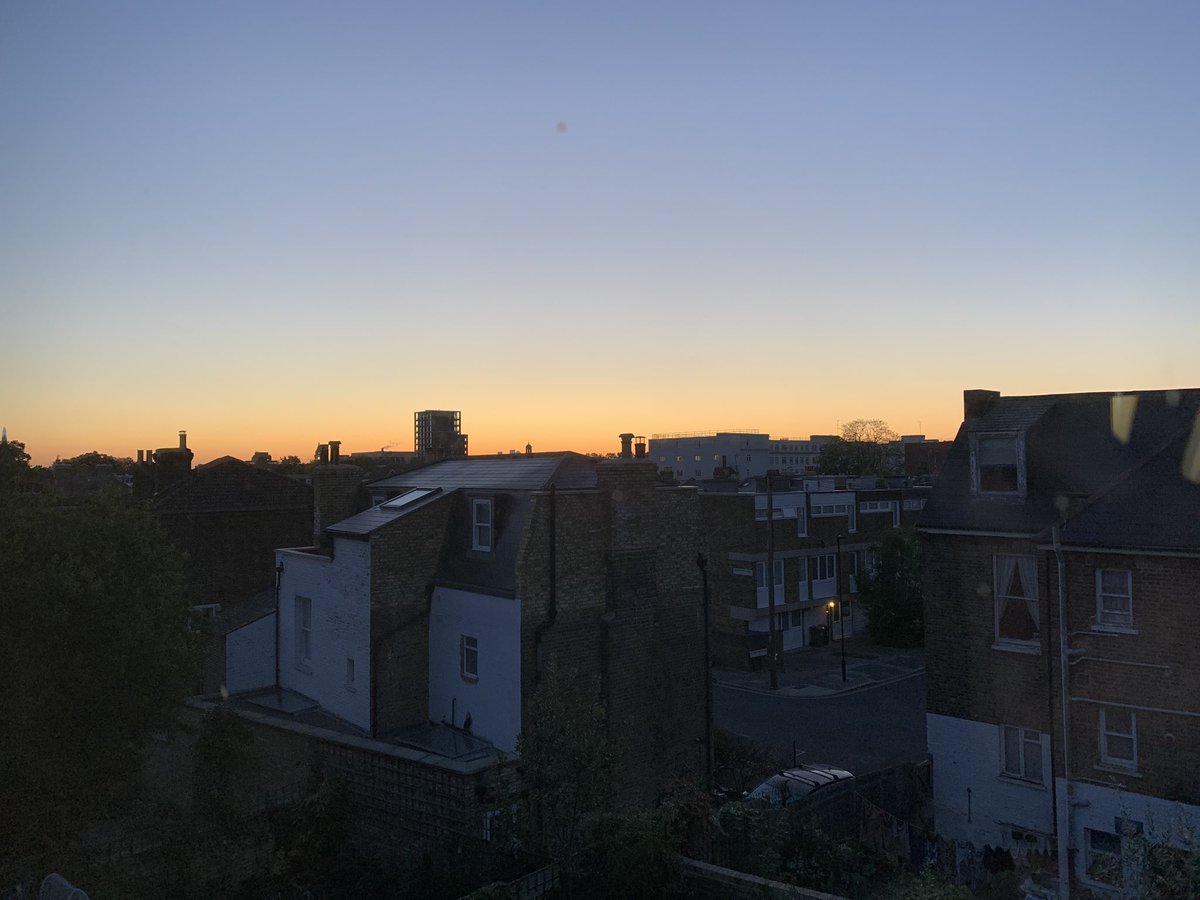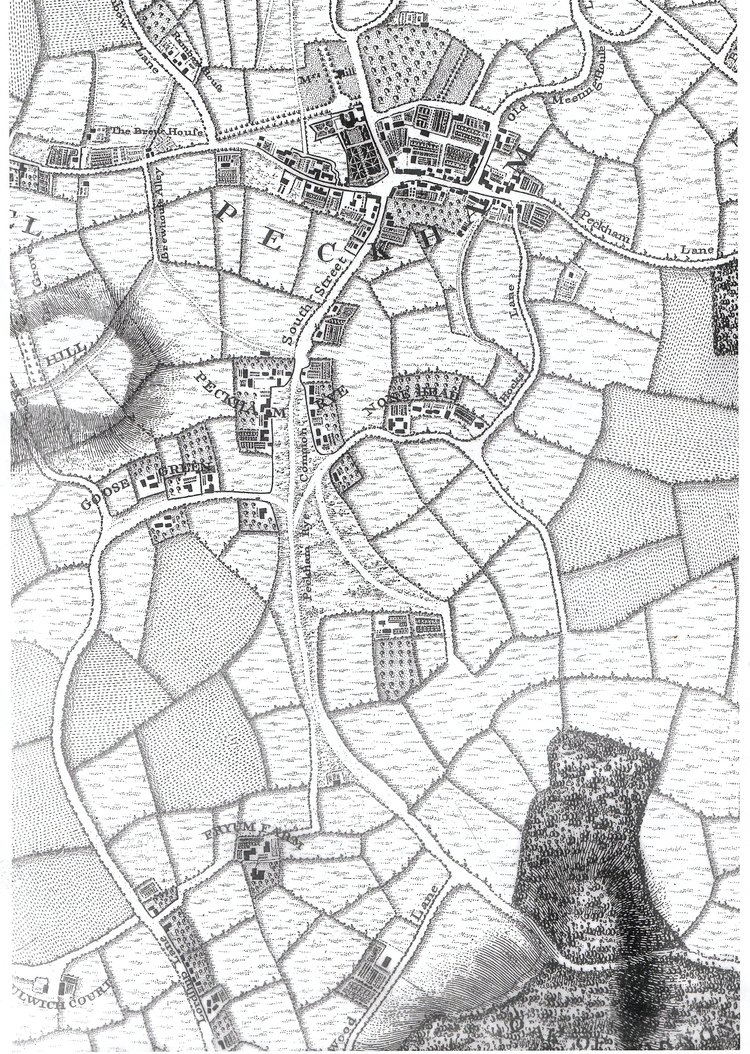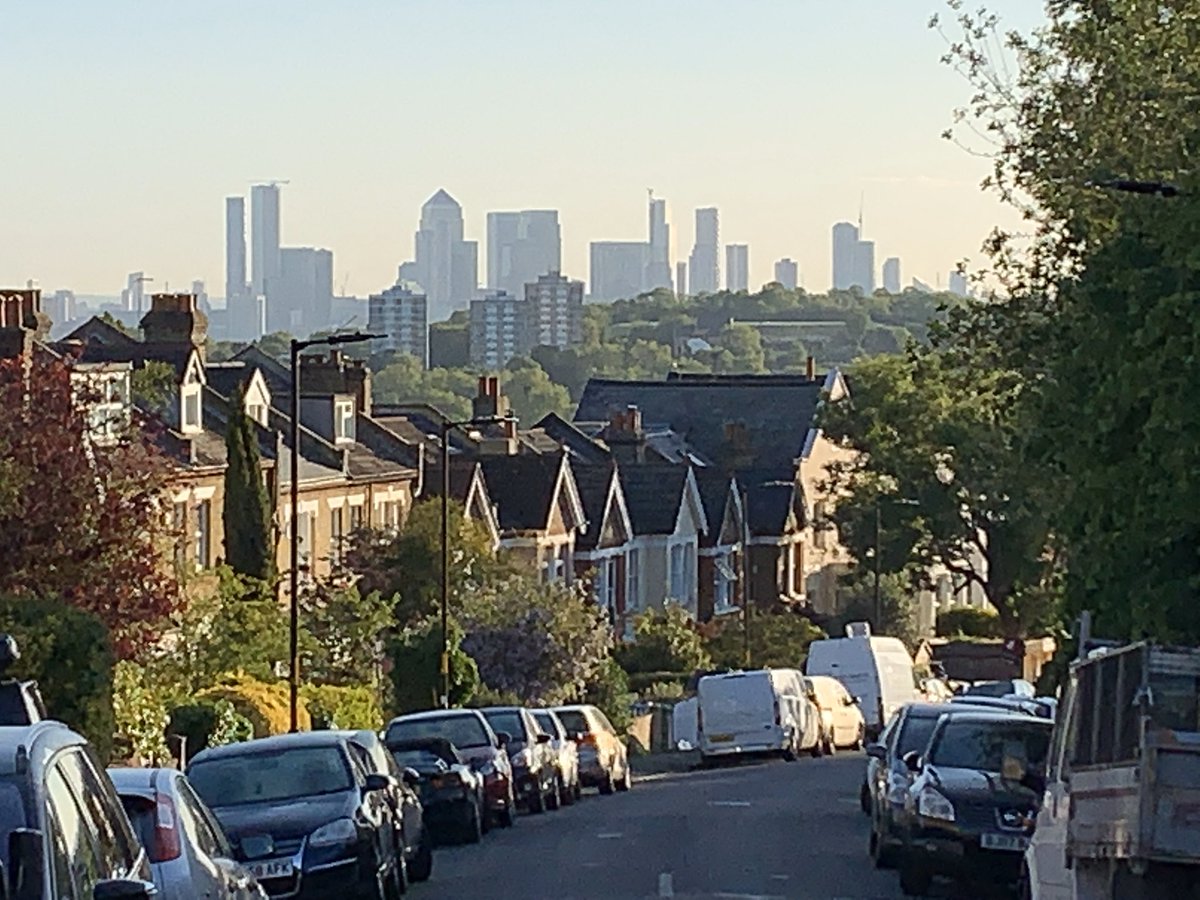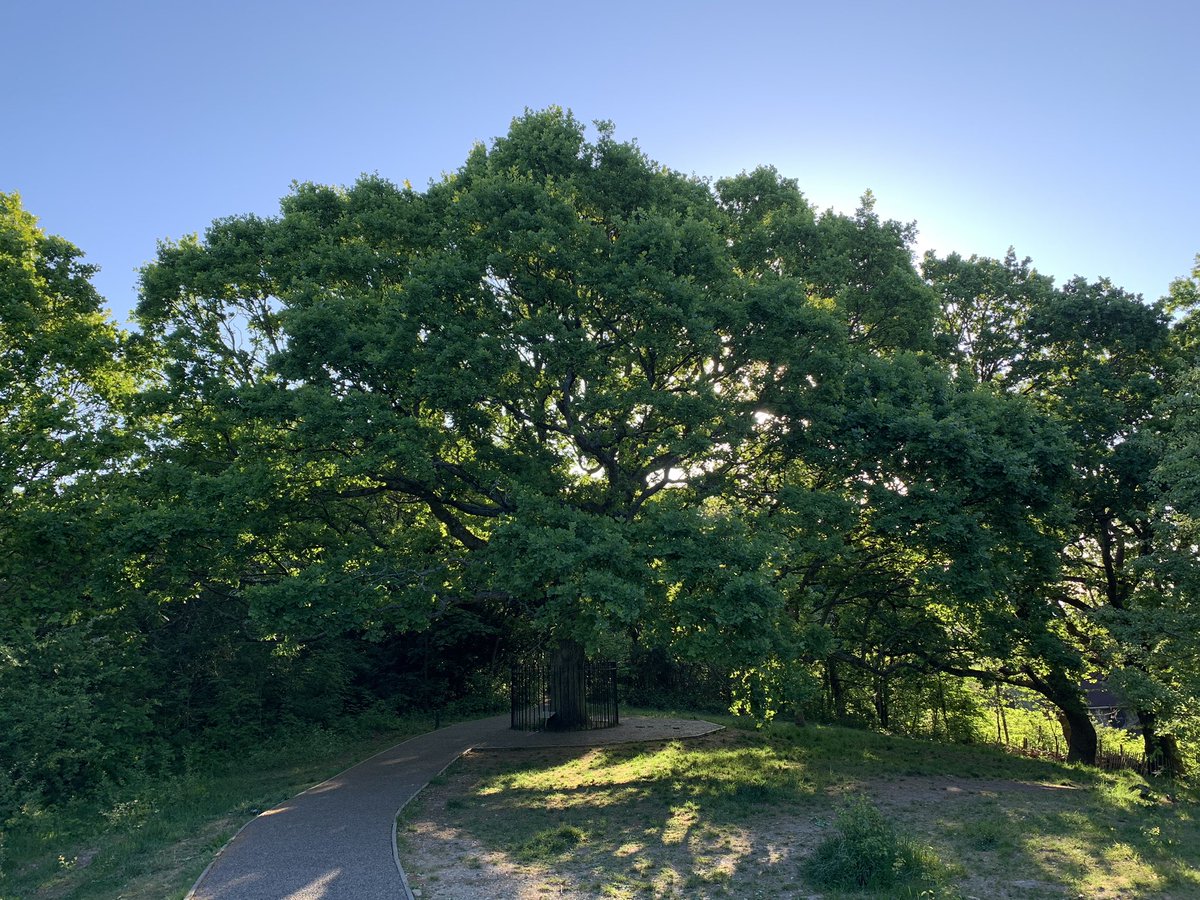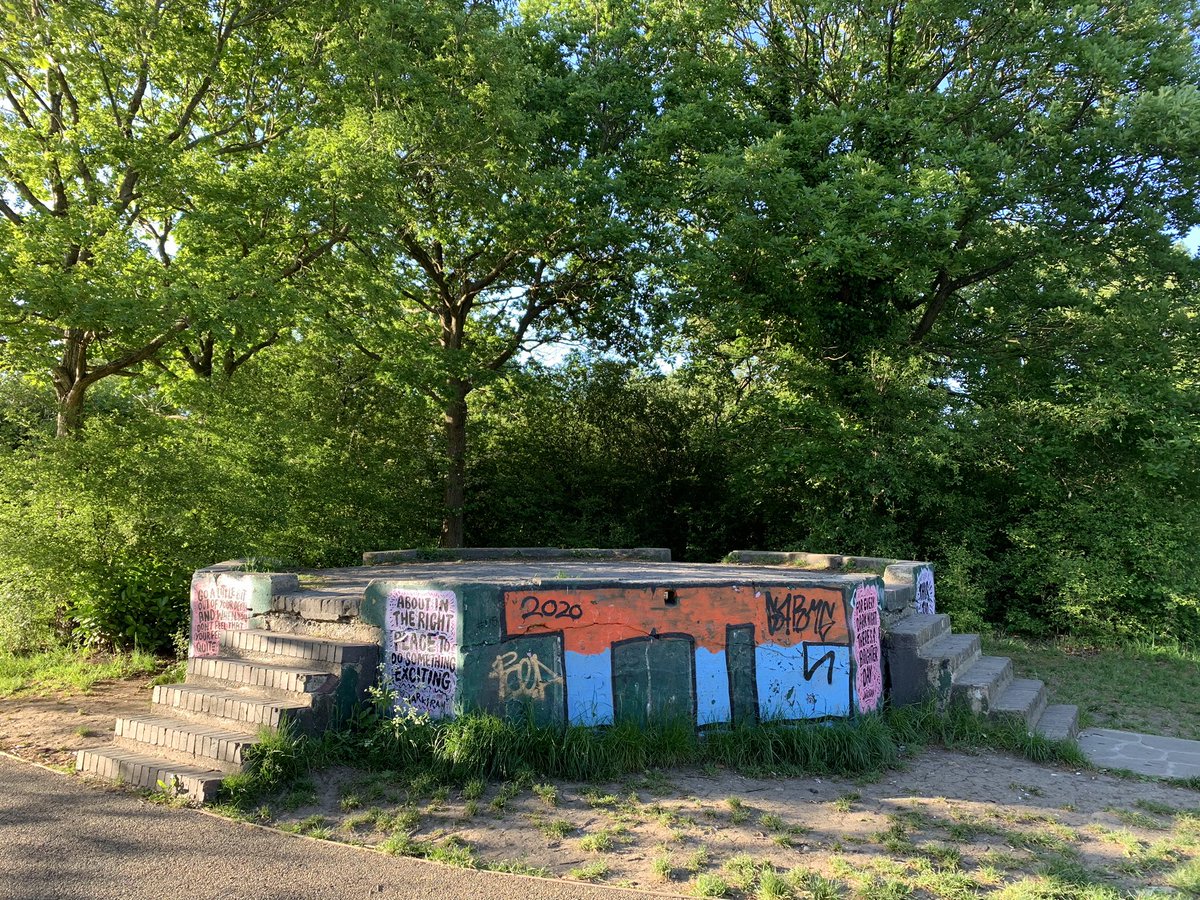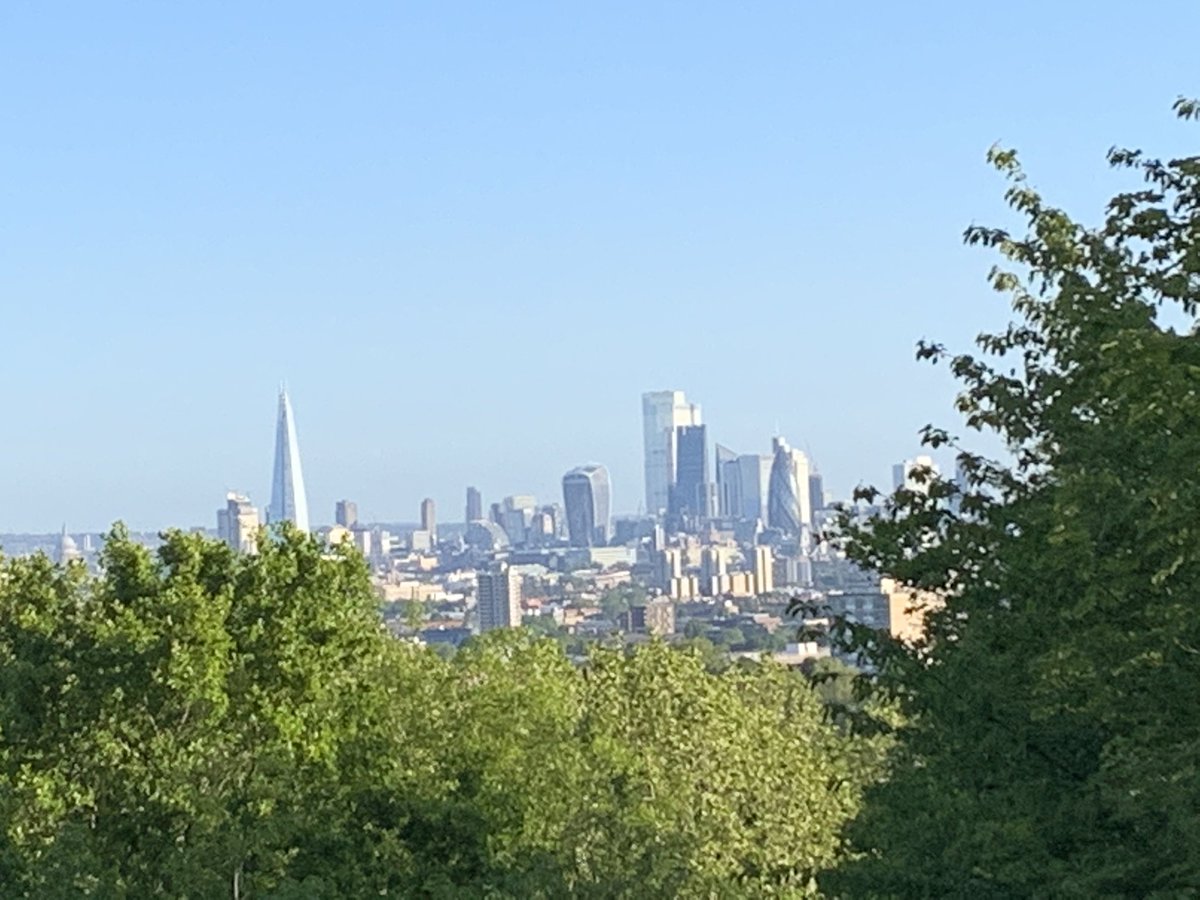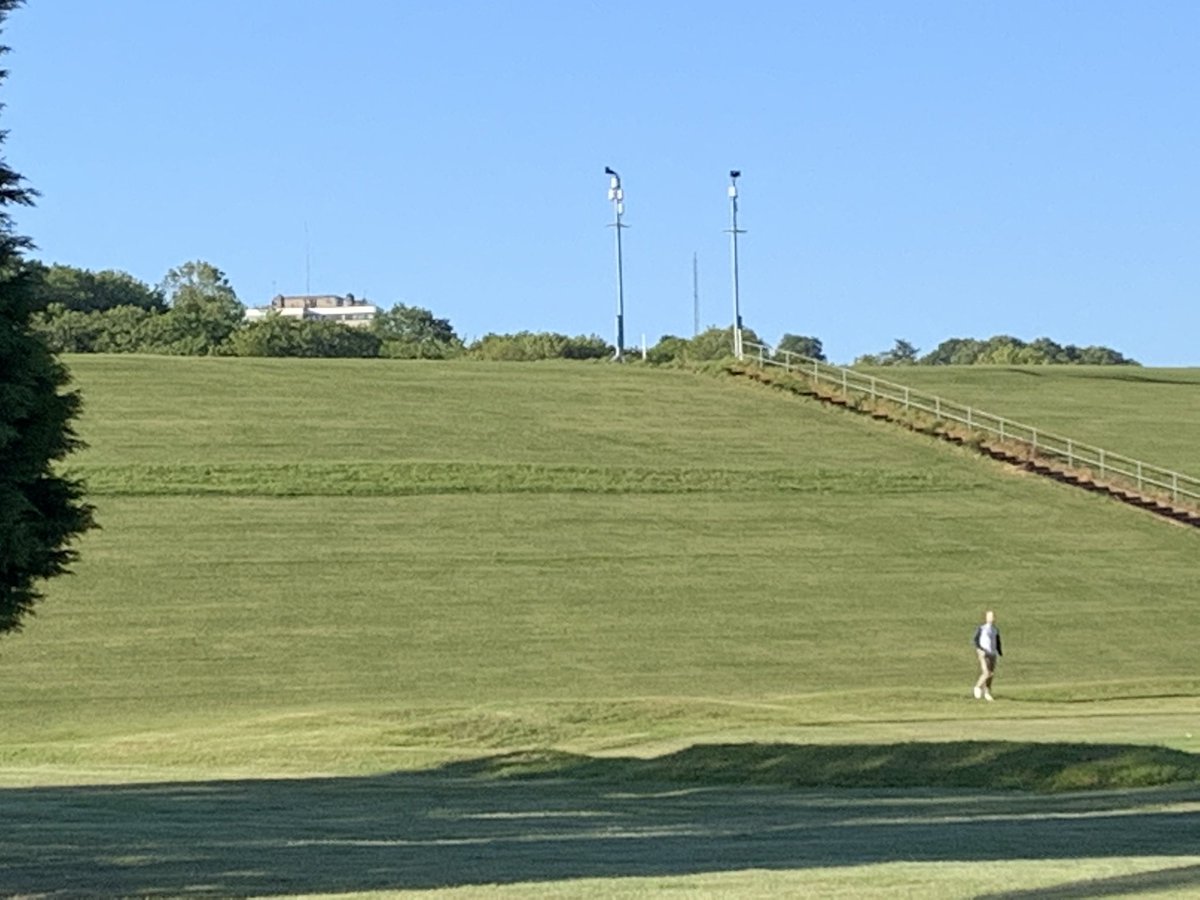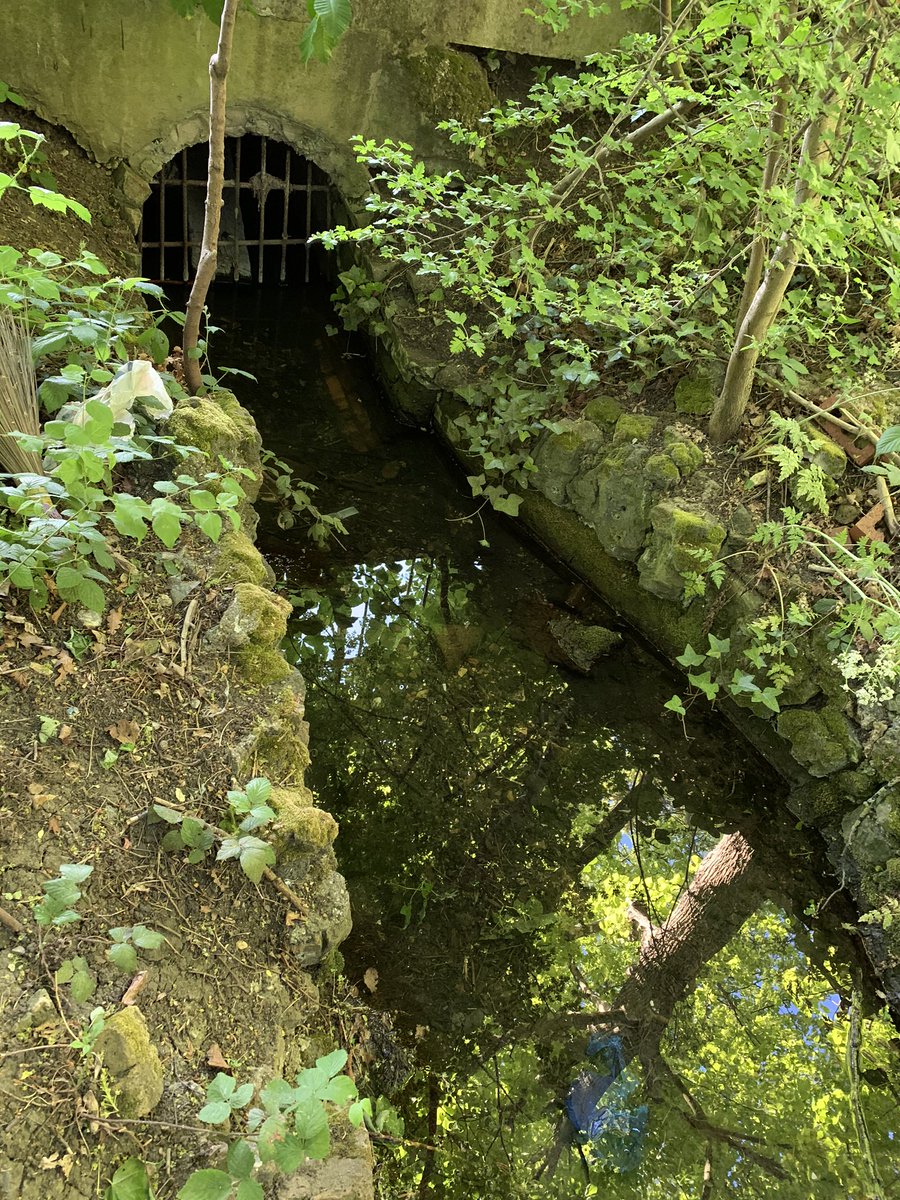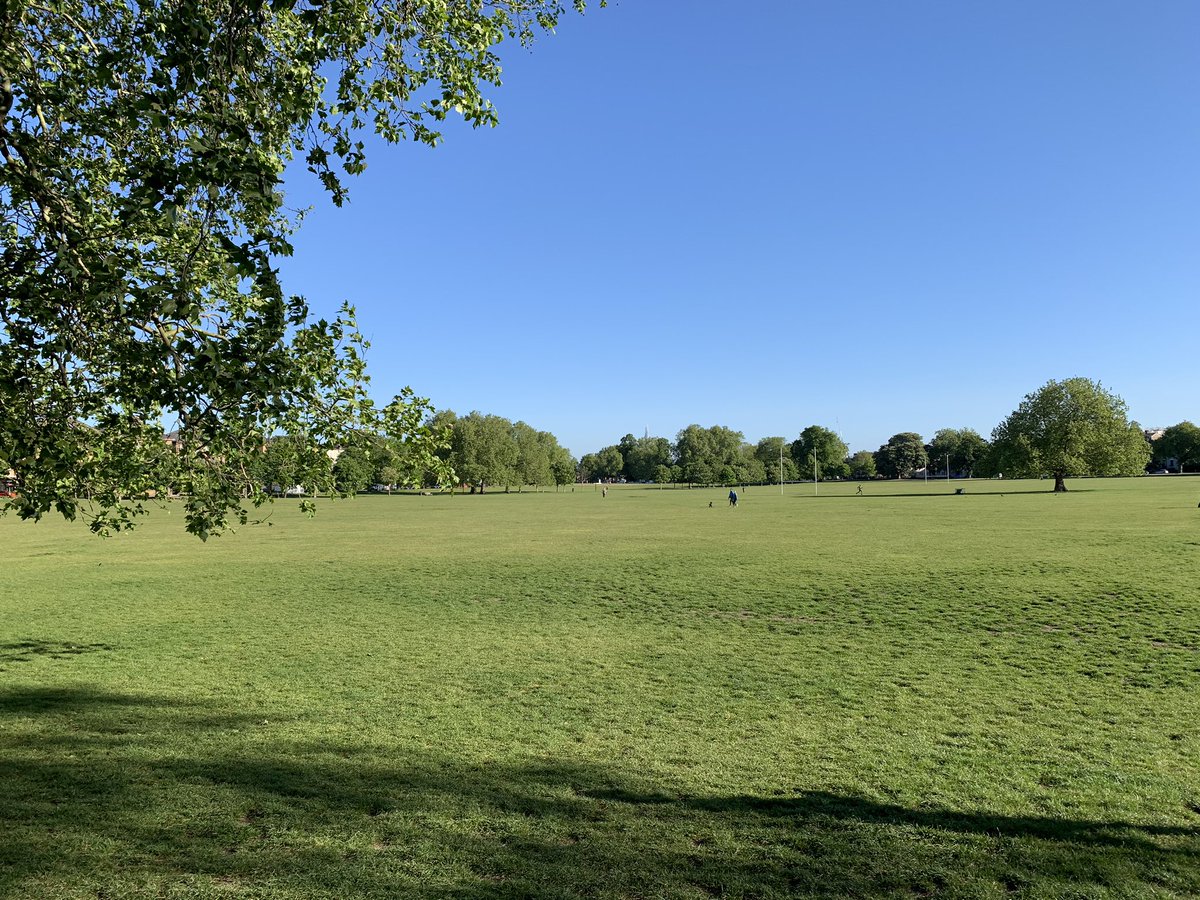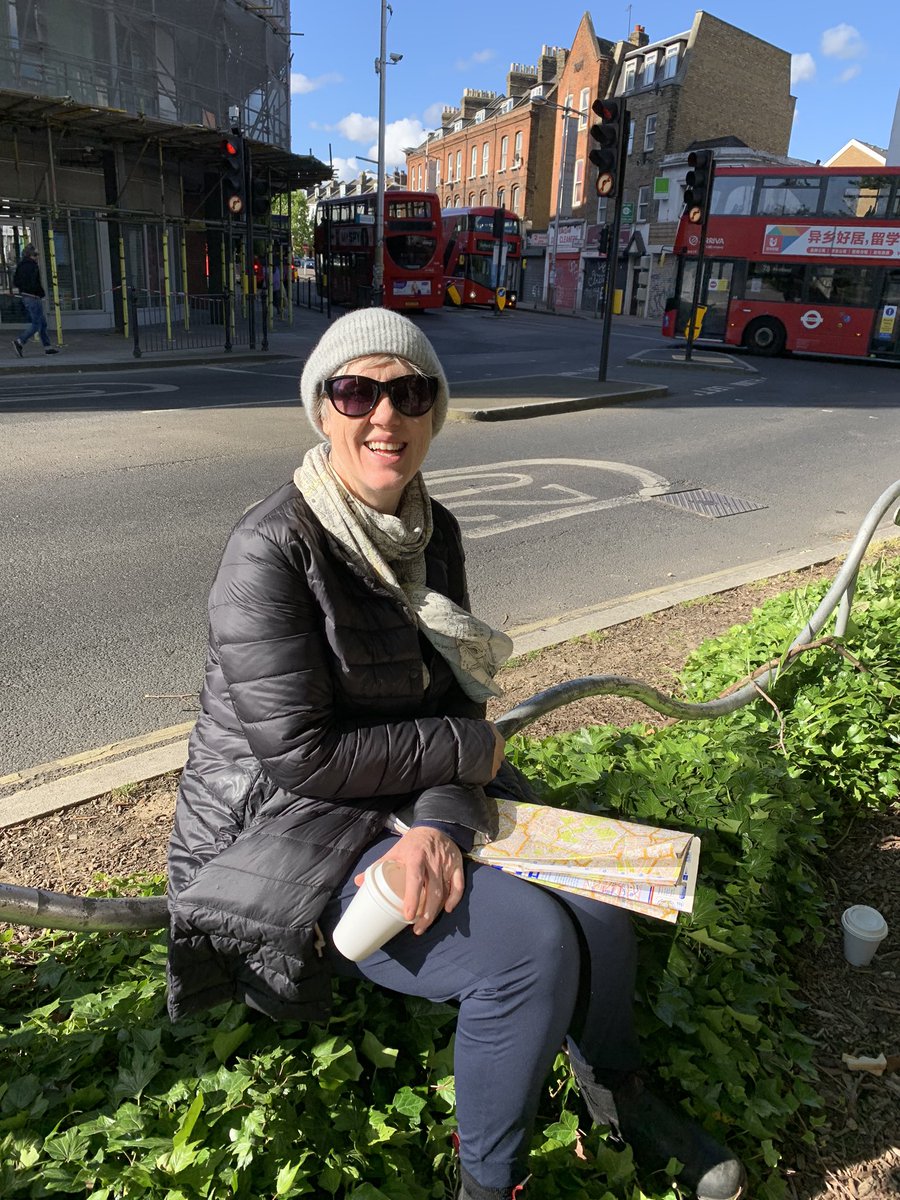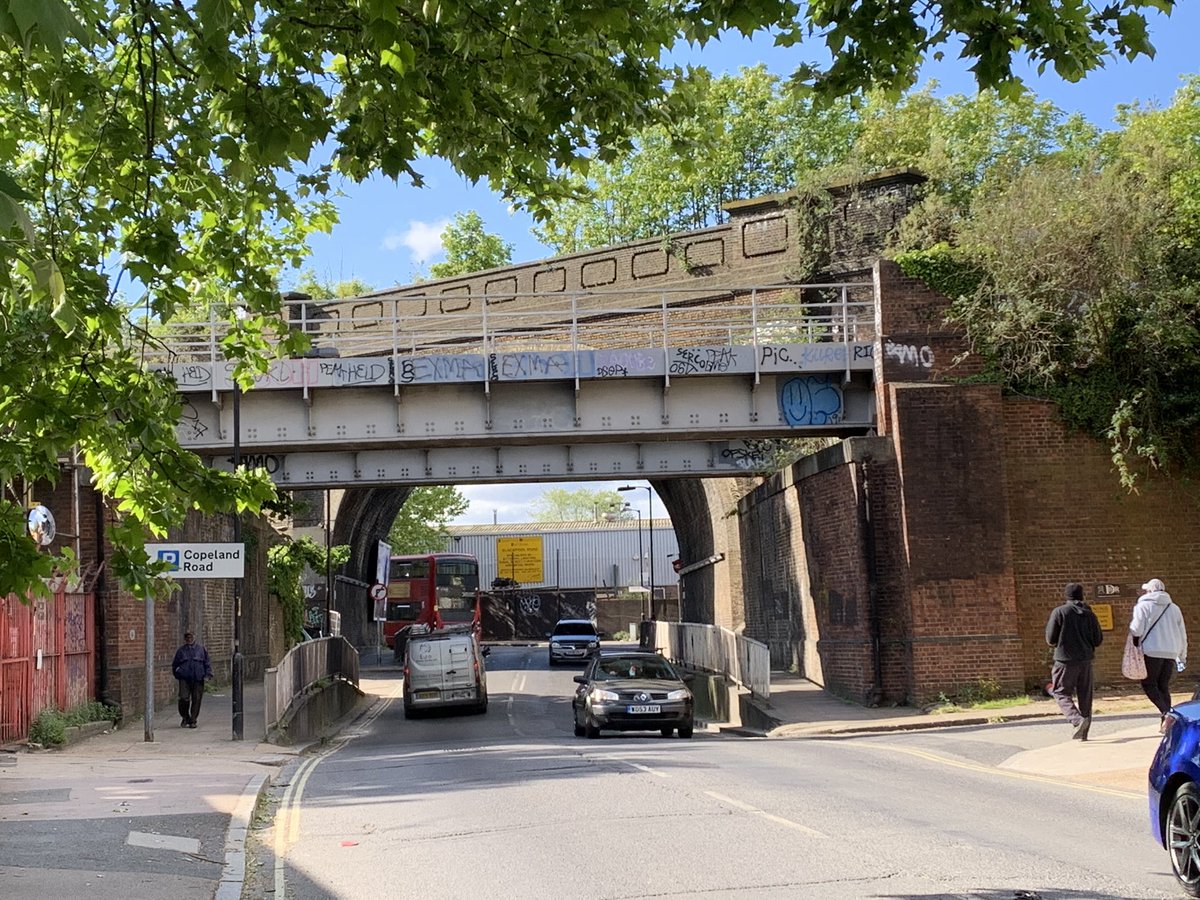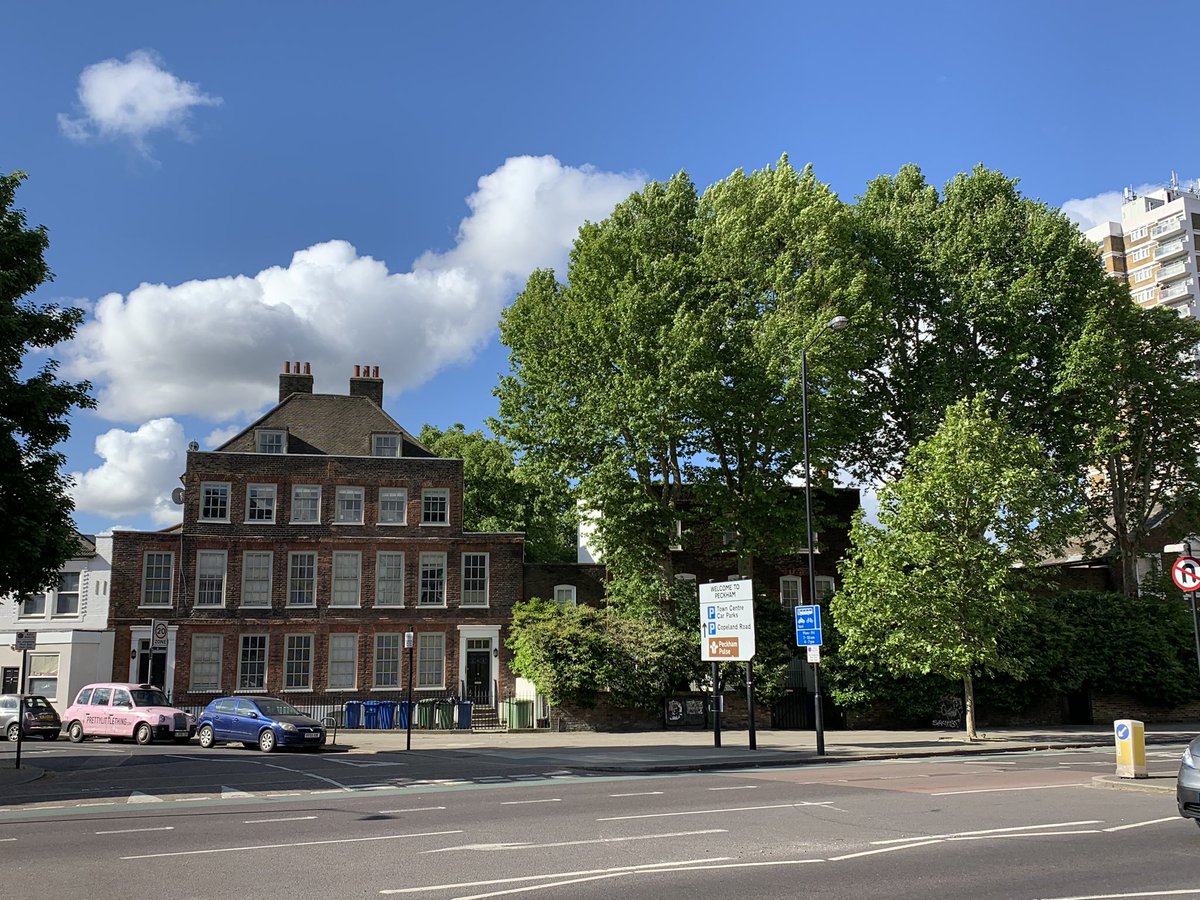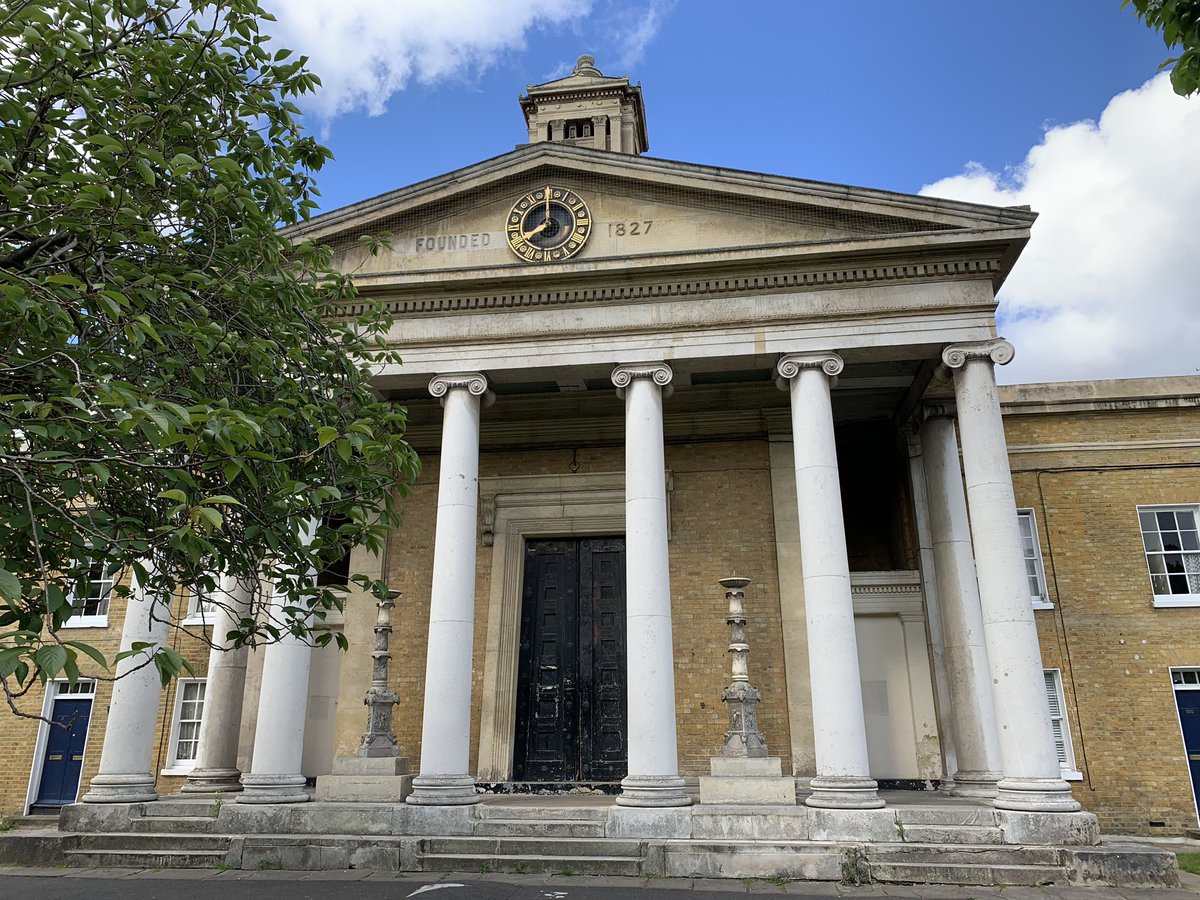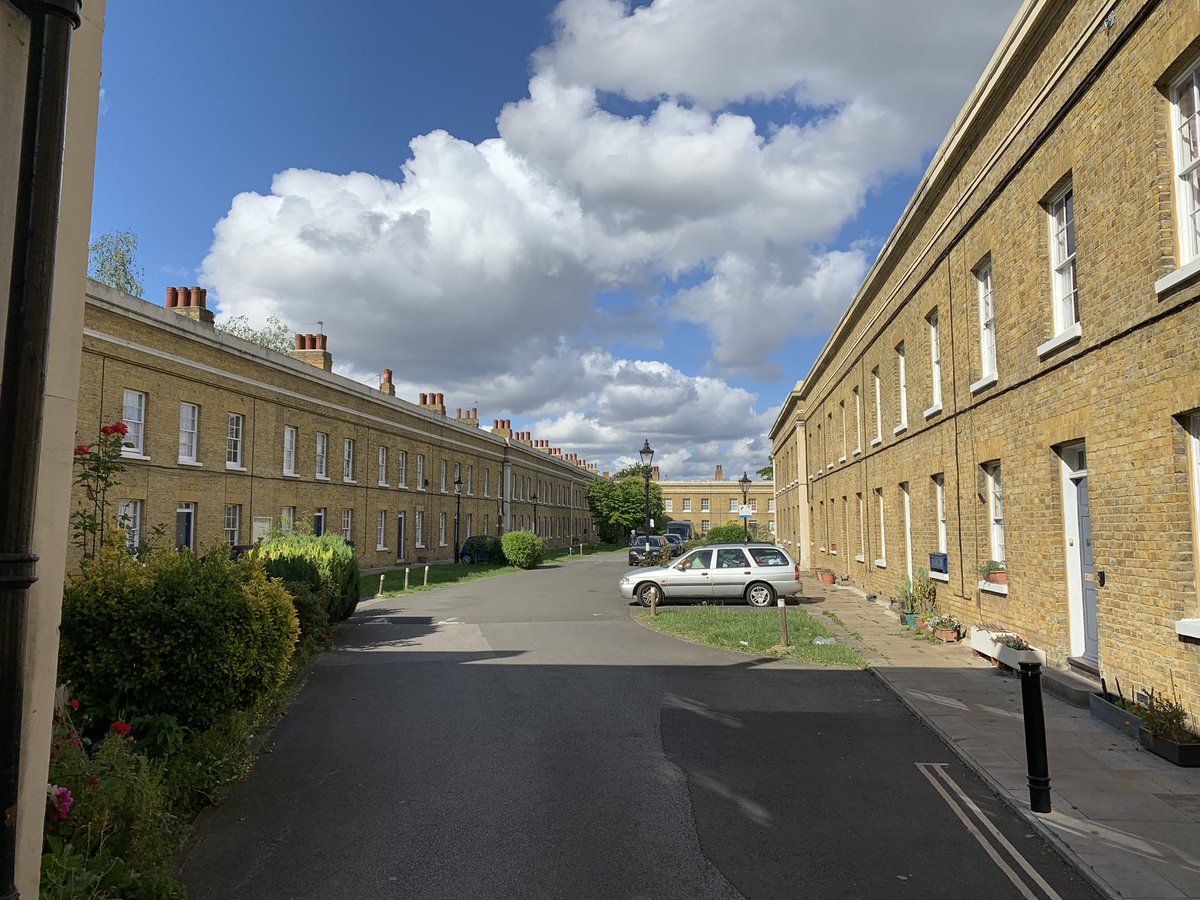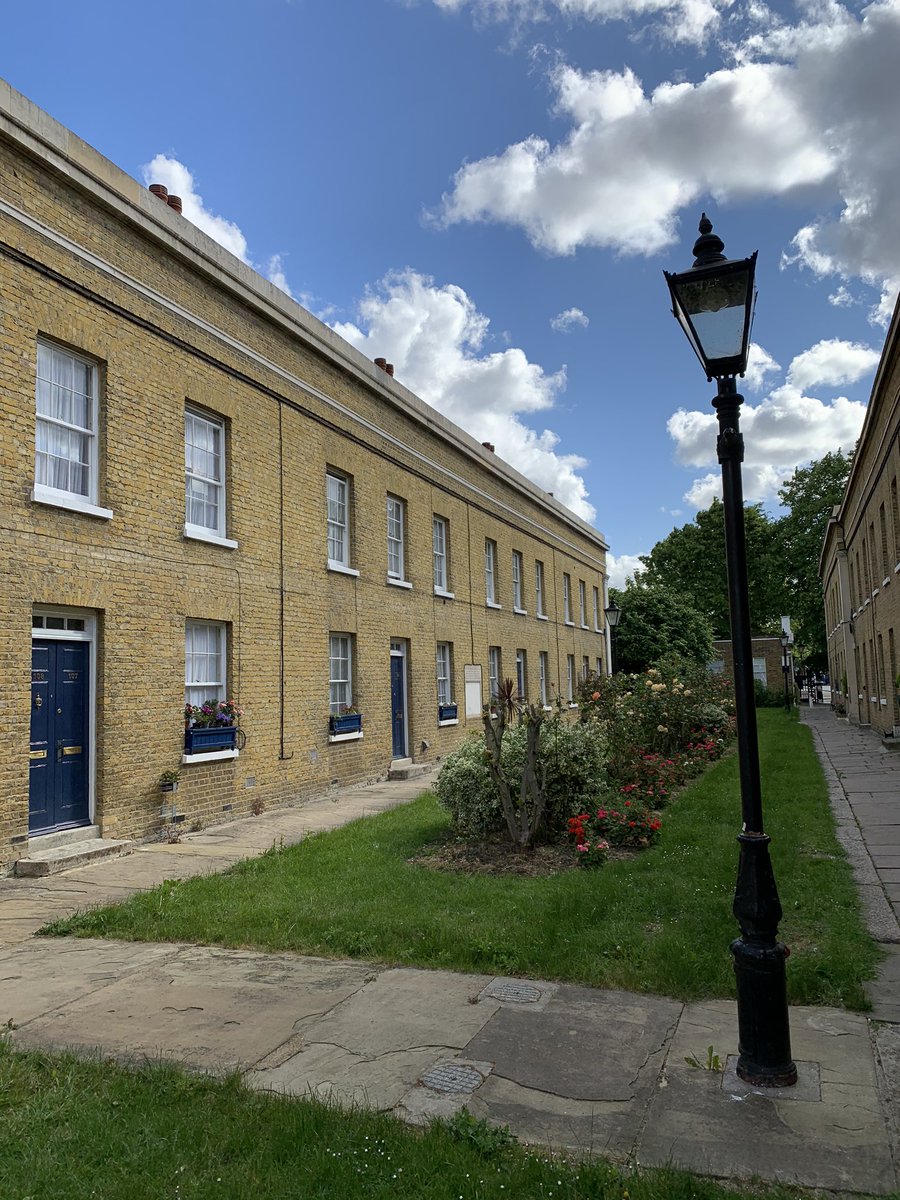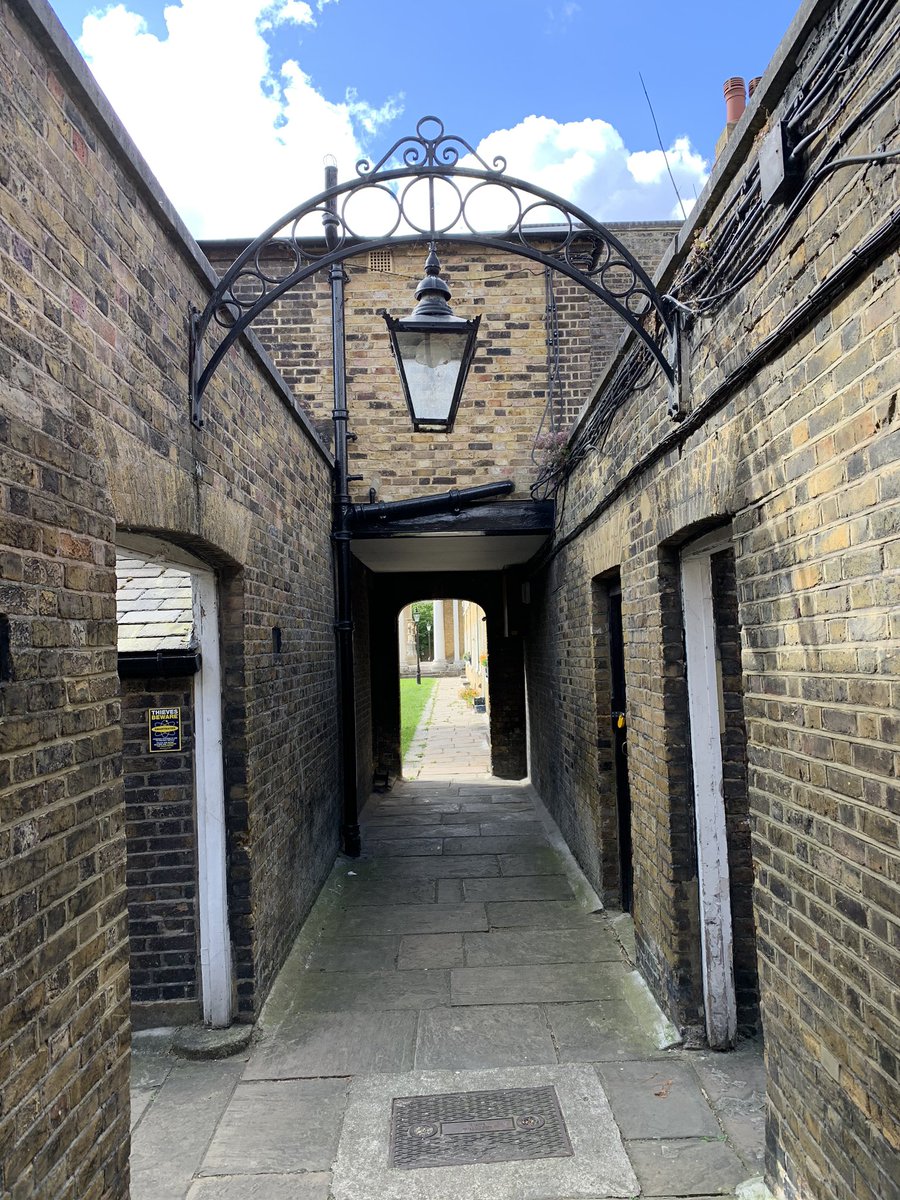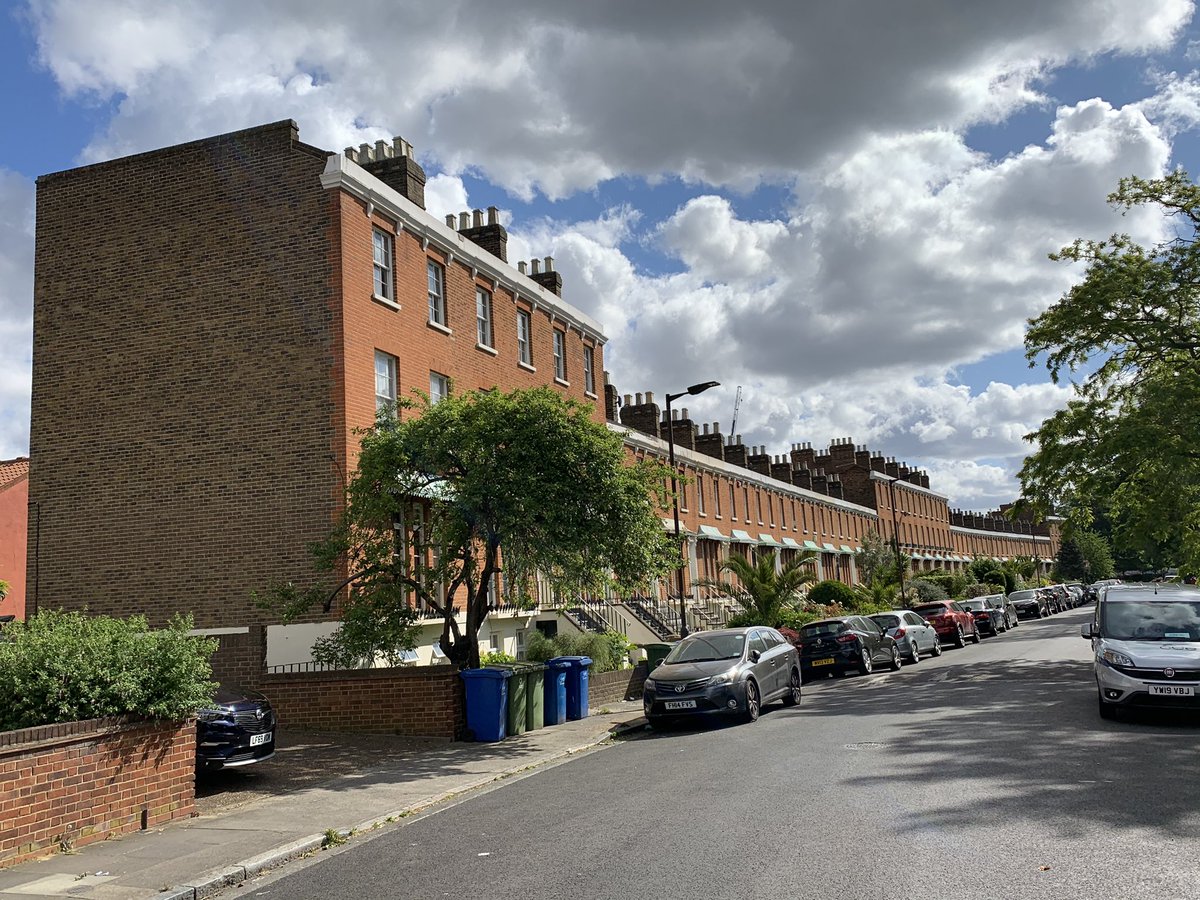Up early to greet the dawn, walk to the fair hamlet of Peckham, & there meet with the source of the river #Peck - the course of which we shall then follow eastwards to join with the Earl’s Sluice, & onwards to the Thames...
Peckham - & #39;the village among the hills& #39; - still bears the stamp of the brook, the & #39;rye& #39;, that rises above it. Cattle drovers heading for London used it as a watering stop; Blake, as a child, walking there from the City, saw a vision of a cloud of angels in a great oak tree. #Peck
As late as the 1840s, when the #Peck was still a pleasant stream, Peckham retained its village character, tho& #39; with "detached mansions & elegant villas inhabited by opulent families." In 1851 a bus service opened to the West End; in 1865 the railway arrived. Peckham turned urban.
The ‘Oak of Honour’, planted in 1905 after an earlier oak on the spot had been struck by lightning. This oak in turn had been planted where an earlier oak, in May 1602, had sheltered a picnicking Elizabeth I. The #Peck rises just below it.
Next to the Oak of Honour on One Tree Hill is a gun emplacement, built in 1916 to protect London from Zeppelin raids. Before that - befitting its status as one of the highest places in south London - it was used by the East India Company as a telegraph beacon. #Peck
‘Brockley Jack,’ who used to prey on the good folk who dwelt along the upper reaches of the #Peck in the 18th century, is a great name for a highwayman...
A golfer plays by the edge of what, when finished in 1909, was the largest underground brick reservoir in the world - & is still the largest in Europe. Unfortunately, it has obliterated all traces of the river valley of the #Peck...
And there it is! Our first glimpse of the #Peck, flowing through a grille into Peckham Rye (aka ‘village by the river Peck’)
The #Peck vanishes again under Peckham Rye, where William Blake, on one of his boyhood rambles from Soho, saw “a tree filled with angels, bright angelic wings bespangling every bough like stars.”
The #Peck watered drovers’ cattle on Peckham Rye, where there was also a fair until 1827. This boasted a “Grand Collection of Living Wild Beasts and Birds,” which “The Pelican, that suckles the young with her Heart’s blood” & a “noble Vulture Cock, brought from Archangell.”
Peckham Fair also boasted “Two fierce snd surprising hyenas”, & a “he-Panther, from Turkey, allowed by the curious to be one of the greatest rarities ever seen in England, on which are thousands of spots, and no two of a likeness.” #Peck
(Wonderful to be doing this walk with @sadieholland67, who worked as a midwife for several years along the line of the #Peck. She seems to have delivered a baby on almost every street - & so many of them are vivid still in her memory. Brings the walk alive!)
We follow the #Peck along Consort Lane, formerly Cow Lane, & with a railway bridge that appeared in the opening scenes of Antonioni’s Blow-Up: a medieval-Victorian-Swinging60s mash up...
A faint lingering trace element of the leafy retreat that Peckham provided those who could afford it back in 1700. What a lovely spot this would have been, beside the sweet-flowing waters of the #Peck...

 Read on Twitter
Read on Twitter